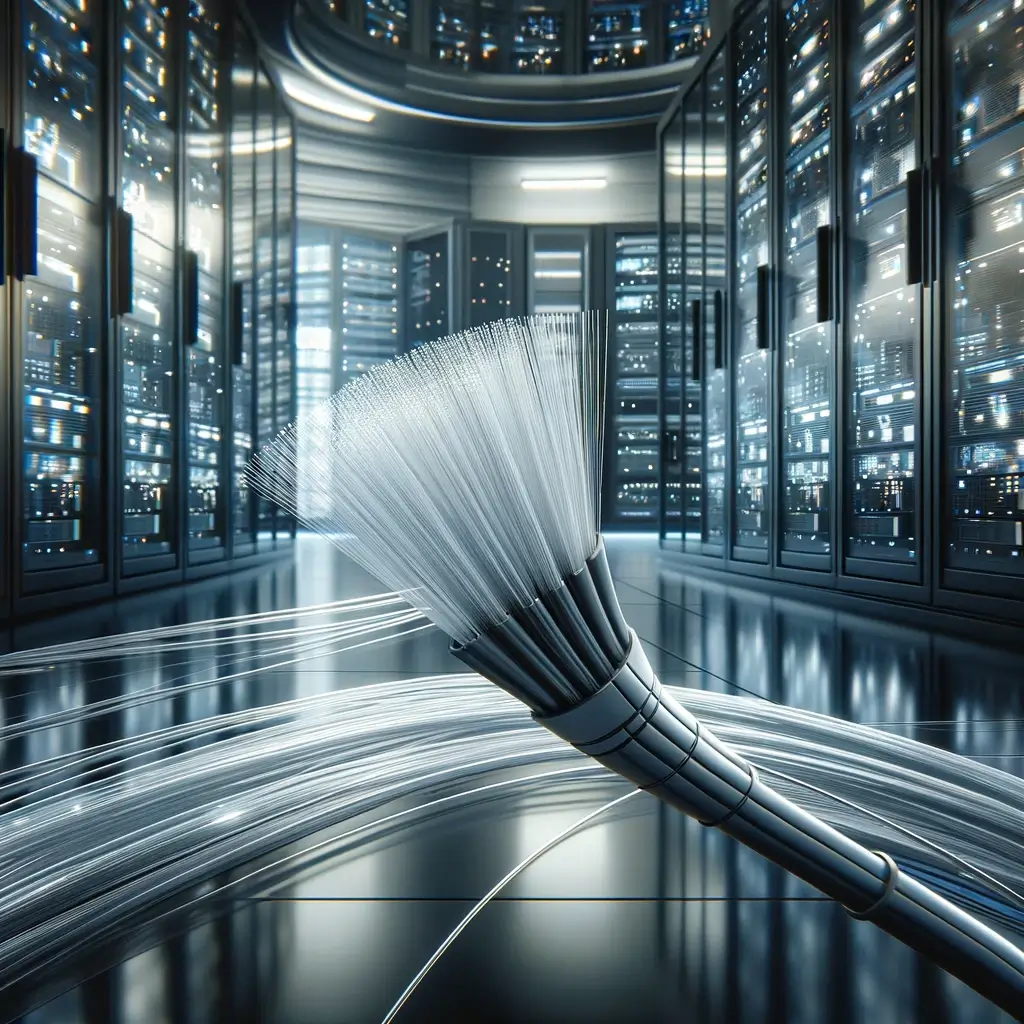Let's explore the amazing journey of network cables. Starting with coaxial cables and evolving to advanced fiber-optic technology, this story is a key part of our digital progress. We'll look at each major step and its impact on our connections today.
The Early Days - Coaxial Cables:
Our journey begins with coaxial cables, born in the mid-20th century. These cables were a big leap forward, used in telephones and TV networks. They have a copper core, insulation, an outer shield, and a protective sheath. But, they had downsides. They often lost signal over long distances and struggled with interference, leading to the need for better cables.
The Rise of Twisted Pair Cables:
Then came twisted pair cables, like Cat5 and Cat5e. These cables twist wire pairs to cut down on interference. They were more flexible and reliable than coaxial cables. This was a big step for Ethernet networks in homes and offices.
Transition to High-Speed Networking - Cat6 and Beyond:
Next, we needed even faster cables. Cat6 and Cat7 cables answered this call. Cat6 cables can handle up to 10 Gbps over short distances. They have thicker sheaths to reduce crosstalk. Cat7 cables went further, offering even higher speed and better shielding. This era focused on achieving the fastest speeds possible.
The Fiber-Optic Revolution:
The biggest change came with fiber-optic cables. These cables use light, not electrical signals, to transmit data. They can move data faster and further with minimal loss. Fiber-optic technology has reshaped data centers and global internet connections. It's crucial in undersea cables that link continents.
The Future of Network Cabling:
Looking ahead, network cables will keep evolving. Technologies like quantum networking and the need for more bandwidth for 5G are driving new developments. We might see new materials or even wireless technologies that change our idea of network cables.
The story of network cables shows how far technology has come. From basic coaxial cables to cutting-edge fiber optics, each step has shaped our digital world. As technology races forward, the future of network cables is full of exciting possibilities.
